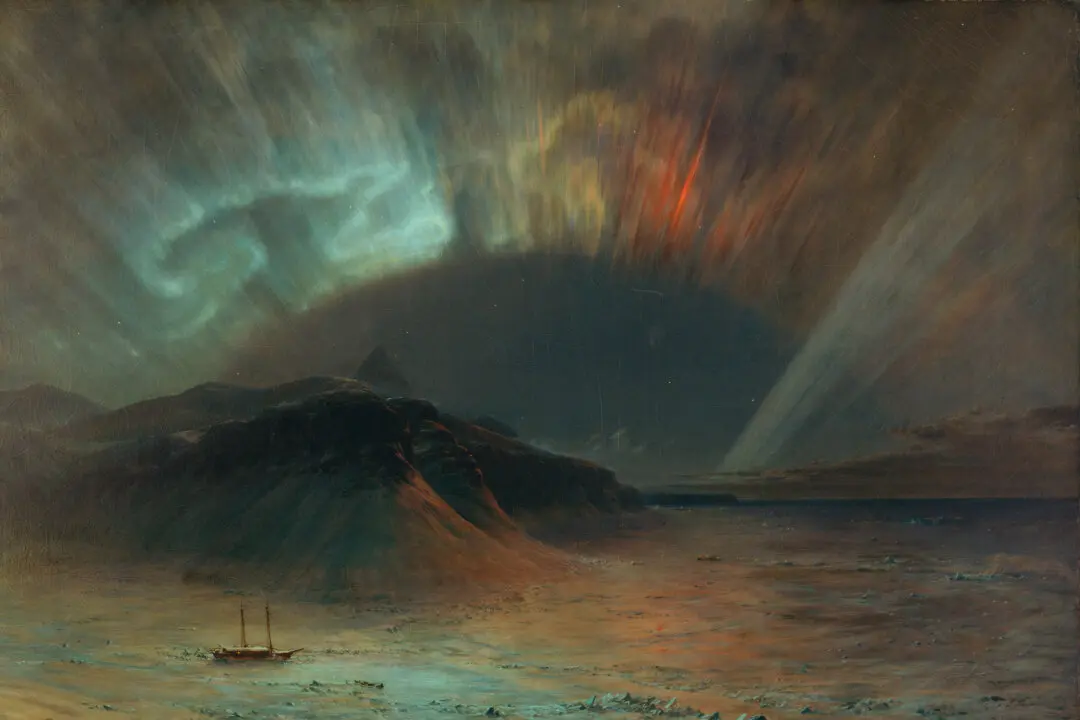Commentary
I’d always wanted to visit Gettysburg Battlefield and look across the peaceful pastoral landscape that once echoed with the thunder of war. I wanted to walk Seminary Ridge, peer around the rocks at Devil’s Den, and stand on Little Round Top. I wanted to stand where Abraham Lincoln stood when he gave the Gettysburg Address that my dear mother could recite until the day she died. I wanted to see how far north that famous Virginian, Gen. Lee, had come before his army withdrew to the Potomac.





